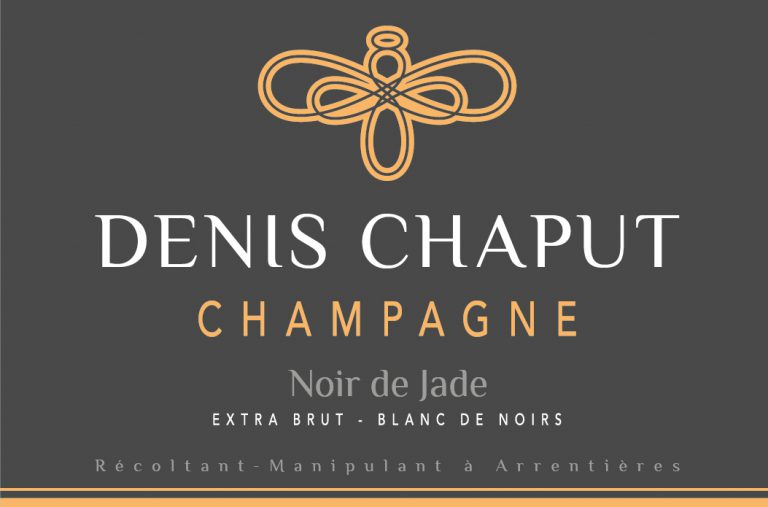For the wine snob: Viña Maquis is located in the heart of the Colchagua Valley between the Tinguiririca River and the Chimbarongo Creek. Both waterways act as pathways for cool coastal breezes that moderate the warm summers and have a dramatic effect on lowering the maximum temperatures. 90% Cabernet Sauvignon, 6% Cabernet Franc, 3% Carmenere, 1% Petite Verdot.
For the rest of us: Beautiful red color, very shiny. This Cabernet Sauvignon has outstanding red fruits aromas such as plums and black cherries. On the palate it reveals a good body with a great tannic structure. Good balance and complexity. The aftertaste is long, persistent and delicate.








